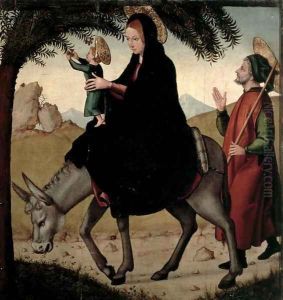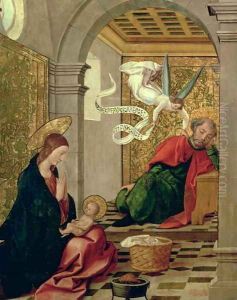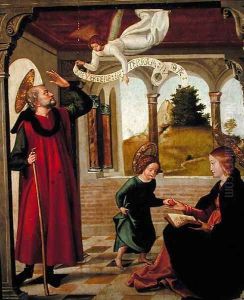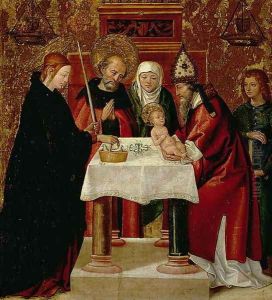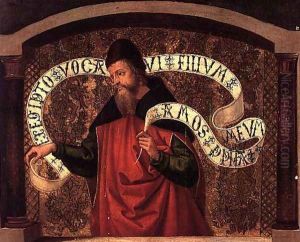Borgona Juan de Paintings
Juan de Borgoña, also known as Juan de Borgoña the Elder, was a painter born in the Duchy of Burgundy, which is now part of modern-day France, around the year 1470. Despite his birth in the region of Burgundy, he is most notably associated with the Spanish school of painting due to his significant body of work in Spain. His exact birthplace and early life remain somewhat obscure, but his artistic activities are well-documented from his time in Spain.
Borgoña moved to Spain in the late 15th century, where he became one of the leading artists in the city of Toledo. He was active during a period of transition in European art, as the medieval styles of the Gothic era were giving way to the Renaissance principles of Italy. Juan de Borgoña adapted to these changes and incorporated Renaissance elements into his art, which was still deeply rooted in the Gothic tradition.
In Toledo, Juan de Borgoña undertook a number of significant commissions. He is particularly known for his work in the Toledo Cathedral, where he contributed a series of frescoes in the Mozarabic Chapel and the cloister. These works display a blend of Flemish influence, with meticulous attention to detail, and the emerging Renaissance style, with more realistic human figures and a greater sense of perspective.
Juan de Borgoña's influence extended beyond Toledo, as he worked in other cities such as Ávila, where he painted the altarpiece for the Convent of Santo Tomás, and in Salamanca. His style had a considerable impact on the development of Spanish Renaissance painting and he is regarded as a key figure in the introduction of Renaissance ideas to Spanish art.
He died in Toledo in 1534, leaving behind a legacy that would influence Spanish artists for generations. His works, which include altarpieces, frescoes, and panel paintings, are characterized by their vivid colors, religious themes, and a mix of Gothic and Renaissance styles. His contributions are viewed as an integral part of the cultural and artistic heritage of Spain, especially in the regions where he was most active.
